A modern production line is a ruthless machine. In the pursuit of efficiency, no hint of compromise can be allowed. When Henry Ford spoke about the Model-T, he famously said that customers could have “any color they like, as long as it’s black.” While this might sound like a sensational marketing ploy, there was a practical reason. For the production line to run at full speed, Ford needed to use quick-drying paint. And black was the only quick-drying paint available.
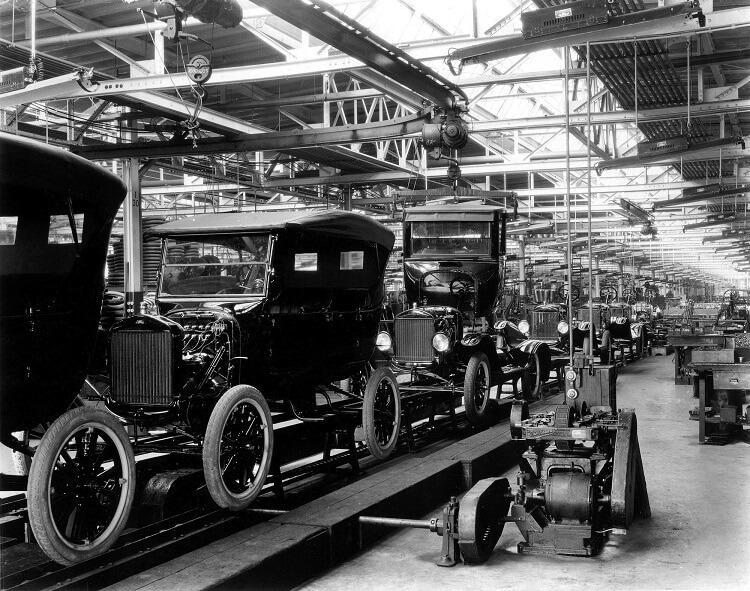
Mass production has enabled so many of innovations that we take for granted today. Without the power of mass production, the automobile or the television would be hand-made devices, forever out of reach the everyday consumer. The ability to create thousands – or even millions – of the same device brings the cost of each down so that they are affordable by the average family. However, the price to be paid is one of variation, or rather the lack of it.
The production line is an extremely complex, and therefore costly, enterprise. It is a vast undertaking, and you only need to look at the factories of Detroit or Wolfsburg to understand the scale. With such a huge investment, it is vital to maximize the output of such a facility, and changing the process to accommodate, for example, a new color of paint threatens that efficiency.
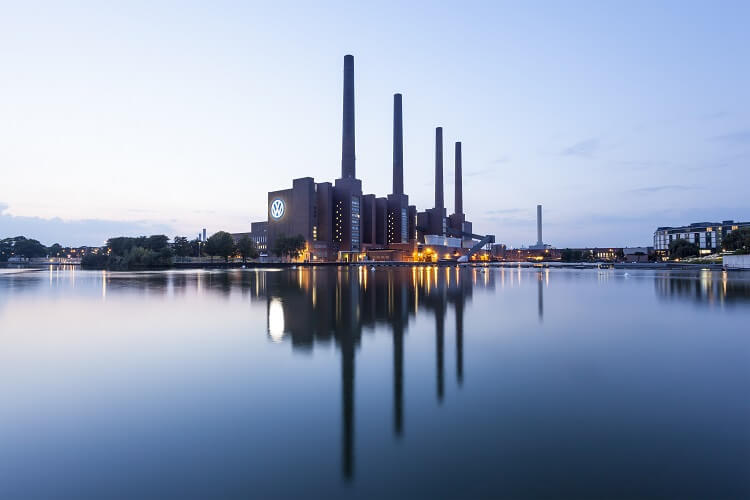
This problem was amplified in the 1960s when robots began to find a home on the production line. Robots were used to conduct repetitive tasks with extreme precision at all hours of the day and night. This increased the efficiency and brought production costs down, but it established even further the problem. By today’s standards, these robots were unsophisticated and inflexible, fantastic at performing a specific task but almost impossible to re-purpose.
The factory of the future
However, consumers began to expect more choice. Along with developments in the production line, the supply chain required to keep a factory running became more sophisticated. Concepts like just-in-time manufacturing reduced delivery times and provided choice for the customer. But fundamentally, the production line had not changed much. A car factory was still only able to manufacture cars, even if customers could choose from more than just one color.
In contrast, the factory of the future will be flexible enough to respond to customer demands. The robots will be re-programmed remotely, the supply chain repurposed and the logistics network reconfigured. The technology that is enabling this revolution has a name – Industry 4.0 – and its physical incarnation is the smart factory.
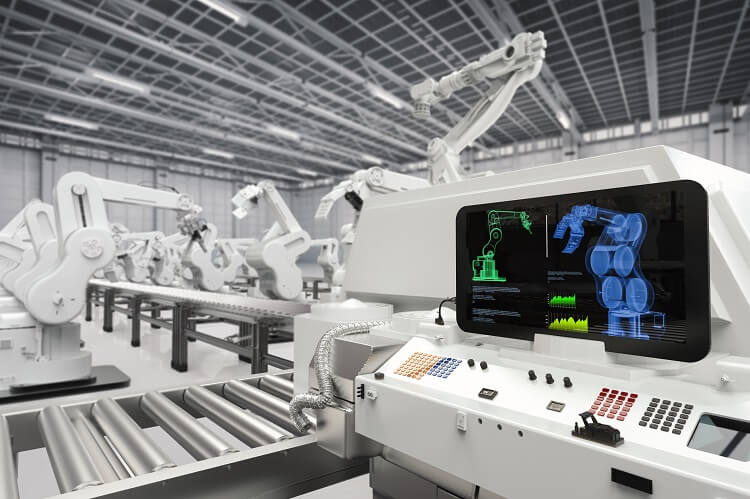
The smart factory is used to describe a facility where all aspects of the operation, from logistics and supply chain down to production and maintenance are integrated into a single system. In large part, this has been enabled by high-speed internet and the increasing sophistication of microelectronics. In the traditional factory, each element of the production line was self-contained. It was controlled locally, and information was not shared across the network.
Centralized control and data sharing
In the smart factory, planning is centralized. Each machine will share information with both its neighbor and the wider network. The factory floor will employ a huge number of sensors that will monitor the progress of production and the status of every machine. By collecting and analyzing this data, manufacturers will be able to understand the performance of the production line in real-time. The shared network will allow operators to respond accordingly, preventing stoppages before they occur and re-routing tasks to take advantage of excess capacity.
When combined with the increasing versatility of modern robots, this will even allow manufacturers to change production without pausing. The latest developments in wireless internet will further enable this process. The speed of 5G cellular communications means that it may be possible to remove the need for localized control systems altogether. If data can be collected, processed and transmitted quickly enough, control of the machines themselves may become truly centralized. With this technology, the production line will become more responsive, time-to-market will become shorter, and manufacturers can become truly responsive to the needs of the customer.
Data is the raw material of the future
It should be clear that there is one element that is vital to this revolution, and that is data. The smart factory will use data as a raw material. It will collect and process data in staggering volume, and therefore there will be a need for high-speed connectivity. At the same time, despite technological advances, the factory floor remains a tough place for sensitive electronics. The manufacturing environment can be extremely harsh, with extremes of temperature, contaminants, and mechanical stress. Connectors designed for these conditions must be robust enough to perform without supervision and be able to withstand the many thousands of operations that they must perform each day.
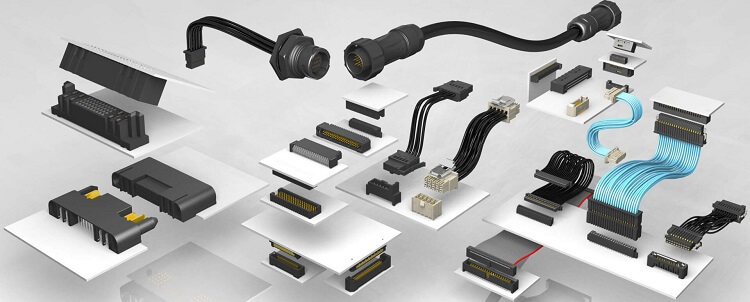
Samtec understands the challenges faced by designers and has created a portal dedicated to connectors for this demanding environment. In one place, designers can now find the Samtec products that are perfect for the latest developments in the smart factory. Well known for delivering high performance, Samtec has also developed a range of programs that ensure their connectors are able to perform flawlessly in the industrial arena. From the Severe Environment Testing initiative to Extended Life certification, Samtec is helping enable the huge advances in data processing that is at the heart of the smart factory.
Take a look at the Industrial Applications page and see whether the solution to your factory’s problems is already available.
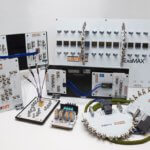
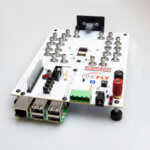

Leave a Reply